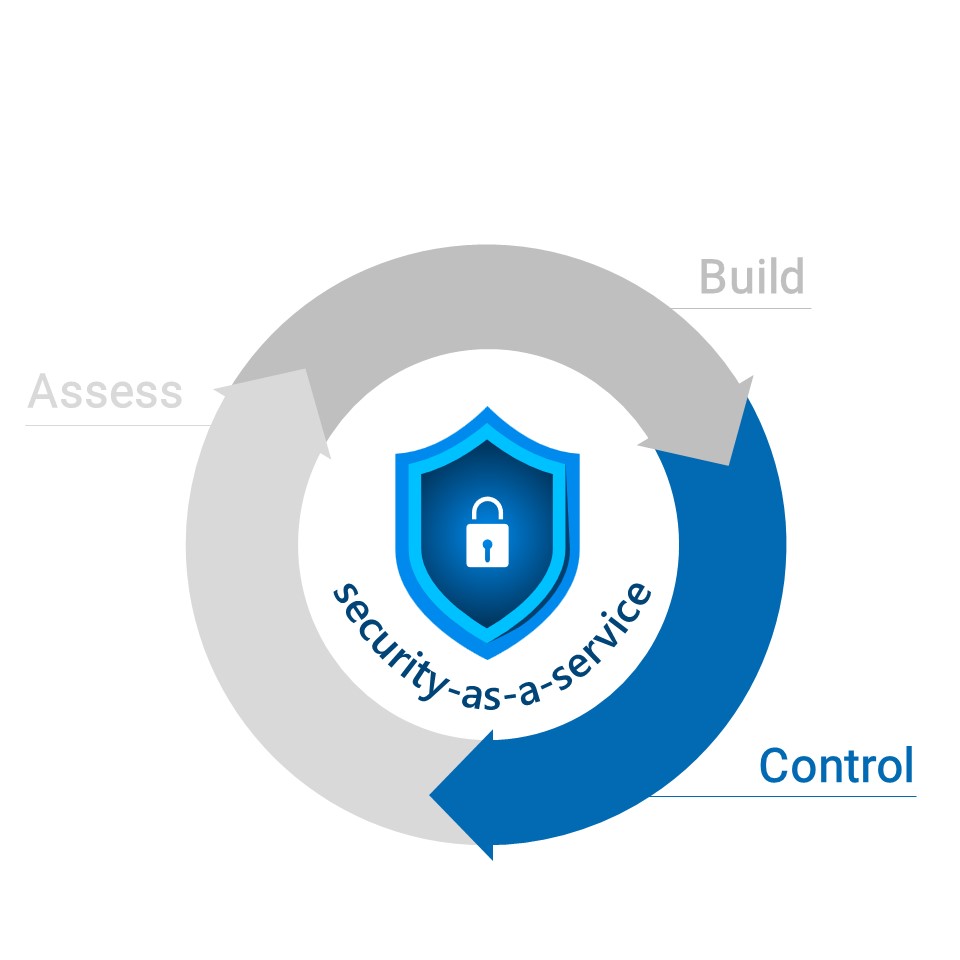In the ever-evolving landscape of cybersecurity, organizations must continually adapt and refine their security strategies and programs to stay ahead of threats. As part of our Security as a Service (SECaaS) offering, the Control phase represents the culmination of efforts to operationalize and optimize security measures, ensuring that they are not only relevant in the evolving landscape, but also effective and efficient in protecting against evolving threats.

Operationalize Security Measures
Operationalizing security involves implementing processes and procedures that enable the organization to effectively manage and respond to security incidents. This includes establishing clear roles and responsibilities, defining incident response procedures, and implementing security tools and controls to detect and mitigate threats.
In the Control phase, organizations focus on streamlining these processes to ensure a rapid and effective response to security incidents. This may involve automating repetitive tasks, such as threat detection and incident response, freeing up security teams to focus on more strategic and proactive initiatives.
Optimize Security Performance
Optimizing security performance is about maximizing the effectiveness of security measures while minimizing their impact on the organization’s operations. This involves fine-tuning security controls, such as firewalls and intrusion detection systems, to reduce false positives and improve threat detection capabilities.
In the Control phase, organizations leverage data and analytics to gain insights into their security posture and identify areas for improvement. This may involve conducting regular security assessments and audits to identify vulnerabilities and prioritize remediation efforts.
Key Benefits of the Control Phase
- Enhanced Security Posture: By operationalizing and optimizing security measures, organizations can strengthen their overall security posture and better protect against cyber threats.
- Improved Incident Response: Streamlining incident response processes enables organizations to quickly identify and mitigate security incidents, minimizing the impact on the business.
- Greater Efficiency: By automating repetitive tasks and optimizing security controls, organizations can improve the efficiency of their security operations and reduce the burden on security teams.
- Better Compliance: Implementing robust security measures and processes helps organizations comply with regulatory requirements and industry standards.
Conclusion
The Control phase of our Security as a Service offering represents the pinnacle of cybersecurity excellence, where organizations can operationalize and optimize their security measures to achieve maximum effectiveness and efficiency. By embracing the Control phase, organizations can strengthen their security posture, improve incident response capabilities, and achieve greater efficiency in their security operations. AES is there to help you through every step of developing your security program from assessment and strategy to program development and implementation to operationalization and optimization. We concern ourselves with your security so that you can concern yourself with your business.
Need Help? Contact us at [email protected] and schedule a free consultation.
